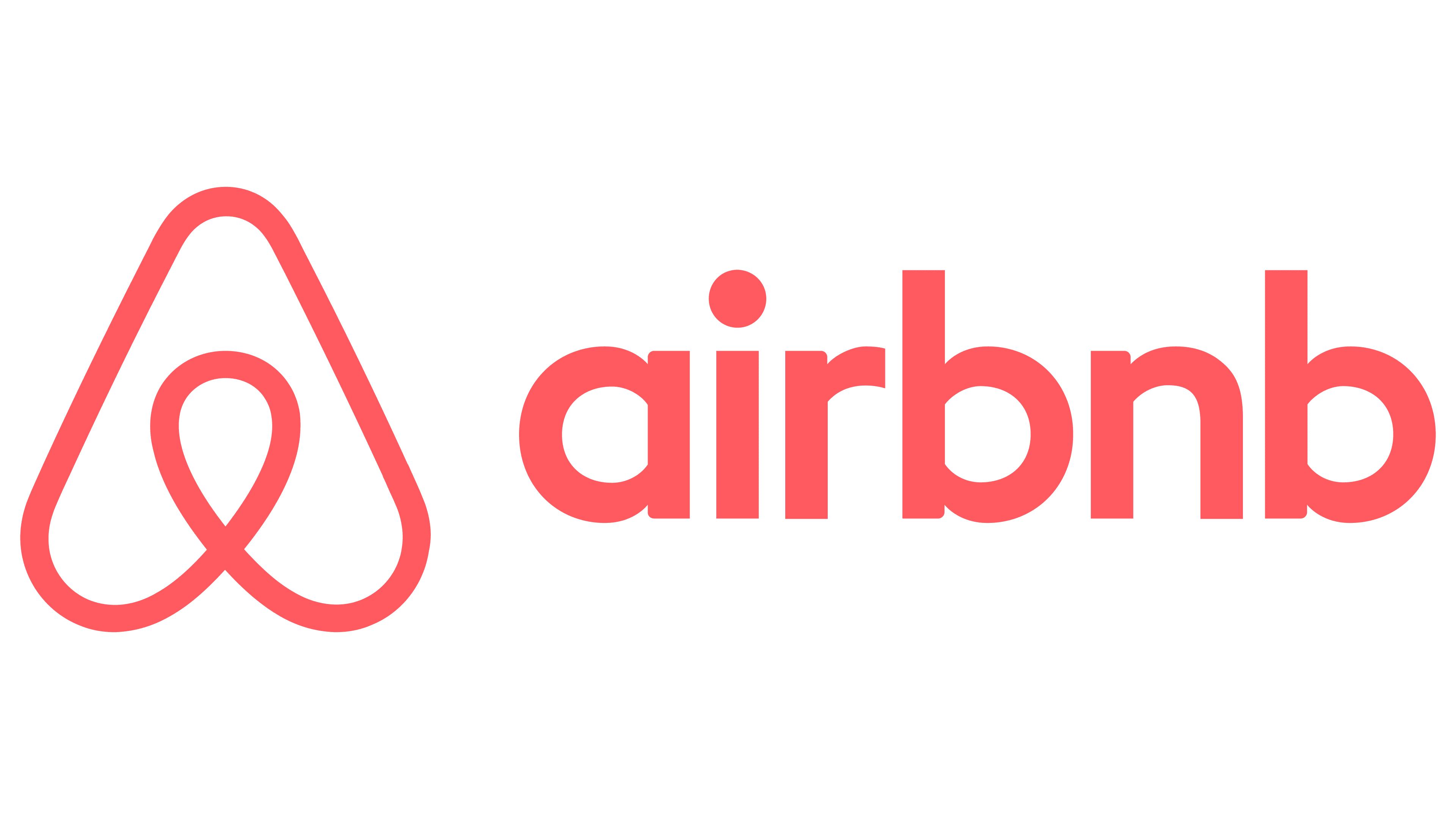How Startups Actually Find Product-Market Fit
Product-market fit isn't just startup jargon—it's the heartbeat of every successful venture. But how do you actually find it? After guiding numerous startups through this maze, here’s the actionable blueprint I swear by, enriched with real-world examples:
Step 1: Forget Everything You Think You Know
Startups often get attached to their original idea, overlooking clear market signals. True product-market fit starts by shedding assumptions and embracing humility. Your first task is to test and disprove—not confirm—your hypotheses.

Example: Slack started as an internal communication tool for a gaming company. When their game failed, they noticed teams loved the internal messaging app more than the game itself. They embraced the unexpected feedback, and Slack was born.
Step 2: Know Your Customers Better Than They Know Themselves
Talk to your potential customers. But don’t just ask what they want—observe their behavior, uncover their frustrations, and learn what they don’t say explicitly. Your customers won't tell you exactly what they need, but their behavior will.

Example: Airbnb founders personally visited their early hosts, capturing real user experiences and uncovering pain points like trust and convenience. This deep empathy and direct insight shaped their entire product.
Step 3: MVP Isn’t a Product—It's an Experiment
Your Minimum Viable Product is a tool to validate your learning, not just to build something minimal. Launch quickly, measure meticulously, iterate fiercely. Every MVP should answer specific, critical questions about your market and product assumptions.

Example: Dropbox validated its idea by creating a simple explainer video demo before building the actual product. Overnight, their waiting list exploded from 5,000 to 75,000—validating massive demand without a single line of code.
Step 4: The Art of Pivoting
Many see pivoting as failing. I see it as sharpening focus. The greatest startups didn’t find fit immediately; they adapted rapidly. Understand the signals—metrics that matter, like repeat usage and customer referrals—and be bold enough to shift direction when needed.

Example: Instagram initially launched as Burbn, a complicated check-in app. After observing usage patterns, they stripped it down, pivoted to photo-sharing, and refocused entirely. The pivot resulted in explosive growth and eventual acquisition by Facebook.
Step 5: When You Find Fit, You'll Know It
Product-market fit feels different—customers pull your product rather than you pushing it onto them. Usage spikes, word-of-mouth accelerates, and suddenly, scaling feels less like pushing uphill and more like riding downhill.

Example: Zoom didn’t reinvent video conferencing—it made it frictionless. Once people experienced its reliability and simplicity, Zoom quickly became indispensable, with adoption surging organically through word-of-mouth recommendations.
Final Thoughts
Finding product-market fit isn’t luck—it’s a disciplined process that blends art, science, empathy, and agility. And it’s exactly why product management is at the core of every successful startup.
If this resonates, you’re exactly who I wrote this for. I regularly share insights and actionable frameworks to help startups navigate their toughest product challenges. Sign in to Product Partners to get my newsletter.
If you're a startup founder trying to find product-market fit—or you have an idea and are thinking about launching—book a free discovery call with me. I genuinely enjoy brainstorming these challenges and exploring solutions together.